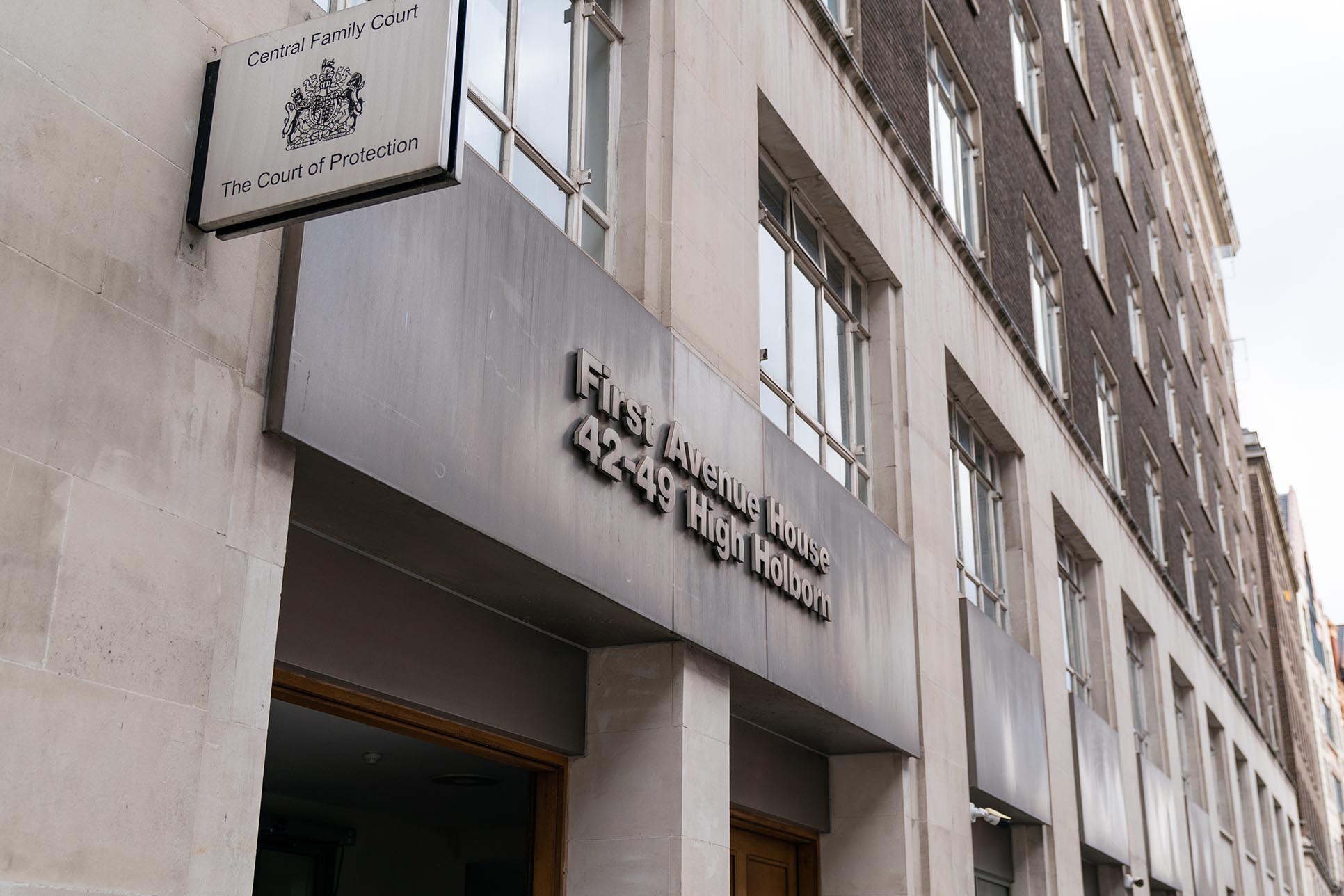
Sir Andrew McFarlane, president of the Family Division, has launched a pilot on formal dress in the family courts—reigniting a long-running debate on court attire
Unlike in criminal proceedings, judges in family courts do not normally wear wigs and gowns. From this week and for an initial three-month period, however, judges sitting at Central Family Court will wear robes. Practitioners will not be expected to wear robes.
In a notice announcing the pilot, HM Court and Tribunals Service (HMCTS) said the pilot is ‘intended to explore the impact of increased formality in family courts’ and ‘follows concern about incidents of violent and threatening behaviour experienced by judges and court users’.
A survey will be conducted before, during and after the pilot to assess if robing makes a difference. HMCTS said the evaluation ‘will consider the number of behavioural incidents experienced and judges’ perceptions of their own authority and safety’.
The tradition of wearing wigs and gowns has been questioned before, notably in 2003, when the Lord Chief Justice launched a four-year review into dress code for judges and lawyers. While some sought reform on the basis wigs are itchy and gowns old-fashioned and intimidating, others argued in favour of their levelling-up effect, granting equal authority to advocates regardless of gender, age or appearance.
Wigs and wing-collars were dropped in civil and family courts in 2007. In 2021, the Supreme Court ordered that lawyers appearing before it should no longer wear wig and gown.
However, the use of gowns rather than suits for safety reasons adds a new angle to the debate.
In December, a County Court judge needed hospital treatment after an attack by a litigant in person at a closed family hearing in Milton Keynes.
Following this incident, Mark Serwotka, general secretary of the PCS union, which represents court staff, warned: ‘It’s not just judges at risk—sadly, it’s no longer rare for our members to be intimidated and assaulted in court rooms.
‘Many of the issues arise in family courts because litigants in person do not understand the way the law requires the court to operate, so they are frustrated by the process.’











